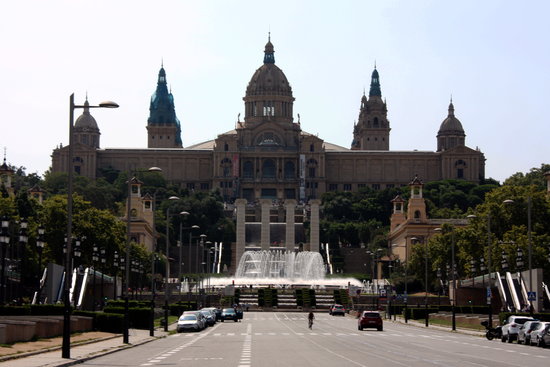Catalonia's National Art Museum to be expanded, works to end in 2029
Gallery hosting Romanesque jewels to Velázquez, Picasso, and Dalí paintings will be extended to nearby pavilion

Catalonia's National Art Museum (MNAC) will be expanded over the course of this decade, with works estimated to end in 2029.
The gallery, located at the foot of Barcelona's Montjuïc hill, will be extended to the nearby Victòria Eugènia pavilion, just between the Magic Fountain and the main MNAC building.
The museum hosts a wide range of works as old as the medieval Romanesque, but also contains contemporary art.
Famous for having one of the masterpieces of the European Romanesque, the painting on the wall of the Sant Climent de Taüll church apse, MNAC hopes to see the works ended exactly one century after the 1929 Universal Exposition, the event that prompted the construction of the current National Museum building and the urbanization of Montjuïc hill.
The tender for the final project for the works will take place either in late 2023 or early 2024, but the basic project that will estimate the whole cost symbolically began development on Wednesday, in an event bringing the Barcelona local council, and the Catalan and Spanish governments together.
The three institutions are managing the gallery in a consortium that agreed to officially launch the initiative on Wednesday.
The first stage of the whole plan, expected to end in 2023, will not only include the basic project, but also the museographic project for the new facility.
"During these two coming years, the museum has to rethink itself, and we will see how MNAC shapes up," said the Catalan culture minister, Natàlia Garriga, talking to the Catalan News Agency (ACN).
In 2019, the last year before the pandemic, MNAC was visited by 900,000 people, more than double the 2012 figure, at around 400,000.